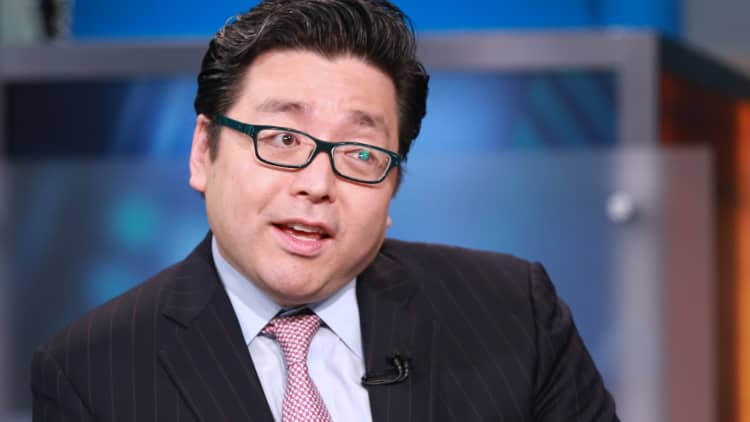
Bernstein told its clients the widely-followed portfolio formula used by retirement funds is obsolete, warning that investors will need to be more active to meet their objectives in the future.
The so-called 60/40 rule, emerging during the 1950s, aimed to provide solid returns, diversification and the benefits of lower volatility across market cycles. But the idea of directing 60 percent of a portfolio to stocks and 40 percent to bonds is "dead," Bernstein said in a note to clients on Wednesday.
"By declaring it dead what we mean is that the idea that it is somehow a low risk approach to asset allocation is wrong and we think that investors will increasingly reject it as a default," strategist Inigo Fraser-Jenkins wrote. "60:40 has just been lucky recently."
The strategist noted that the way stocks and bonds have behaved in the last two decades, rising but more negatively correlated than any time during the last 250 years, has made it easy for investors to achieve diversification. That's not going to last, he said.
"Whether investors realize it or not they have got diversification for free," he wrote. "So diversification is going to be harder to come by. But it is worse than this."
Global bond yields currently range from 0.5 percent to 2 percent, and the Shiller price-to-earnings ratio for the US market is in its top historical range, at an expensive 29 times.
As a result of these extreme levels, Fraser-Jenkins predicts bonds will generate returns of only 0.5 percent to 2 percent per year over the next 10 years while equities will rise by 5 percent per year over the same time. That means someone following the 60 / 40 rule would fall far short of the 7 percent per year return assumption made by US corporate and state pension plans, assuming Fraser-Jenkins' estimates are accurate.
"The strategic outlook over the next 5-10 years is one of lower returns, higher volatility and less diversification available … Investors are going to have to pay more attention to (and a higher proportion of fees for) asset allocation, cross-asset and outcome-oriented approaches," he wrote.
"Ultimately this is a massive problem for society," he added. How Wall Street figures out a new way to generate returns and achieve diversification in the future is "also an intellectual challenge., maybe the biggest one in the world of investing now."
WATCH: Why Wall Street's most accurate analyst urged traders to buy the tech wreck



